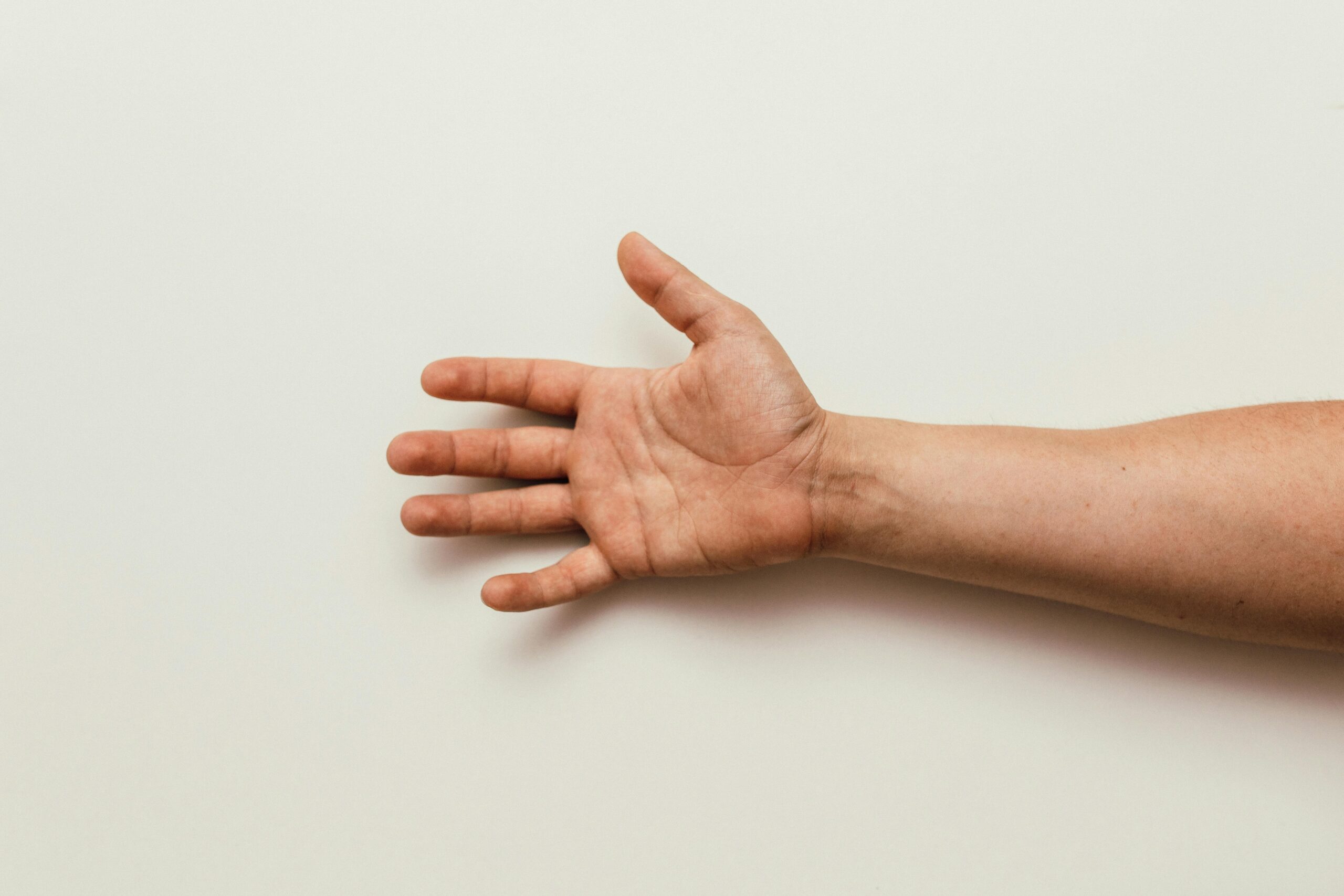What is Manual Therapy?

Manual therapy or manipulative therapy is the most common rehabilitation technique in physiotherapy clinics in Brampton. Physiotherapists, chiropractors and registered massage therapists are qualified to provide you with this therapy after injury assessment. It involves the application of a specific velocity of force to the affected areas using direct hands. The force stimulates the optimal function of your muscles, ligaments, nerves and joints, thereby enabling you to move freely. Manipulative therapy has three main health benefits, such as:
- Relieve pain
- Restore range of motion
- Improve joint function
Whether you are troubled by lower back pain, or frozen shoulders or neck pain, manual therapy can help you out. The healthcare practitioner applies the force to the patient and causes movement in the affected areas. The patient doesn’t have to move on their own. Thus, it is a passive therapy.
How Does Manual Therapy Help?
Physiotherapy or chiropractic clinics often recommend manual therapy to improve joint mobility, reduce pain, restore range of motion and boost blood circulation. The healthcare professional conducts a thorough physical exam to identify the injuries in your muscles, joints and soft tissues. They uncover the underlying cause of your pain and then decide if manipulative techniques would benefit you.
Manipulative therapy is the best treatment option to improve the range of motion in restricted joints. You may notice at one point in your life that you are not able to move your neck like before. This happens due to the development of knots and tension in your muscles and joints. The physiotherapist can apply manual therapies to get rid of joint restrictions and relieve muscle knots.
Most people find relief after the first two sessions of manual therapy. However, the recovery time may vary depending on your medical history, severity of injury and lifestyle.
Who Should Get Manipulative Therapy?
Manipulative therapy isn’t for everyone. A qualified physical therapist or massage therapist looks for certain red flags while assessing your injuries to determine if this is the right treatment for you.
Fractures, for instance, are a condition manual therapy cannot help. Specific neurological conditions, infections and inflammations are also not ideal for manual therapy.
So, that brings us to the question ‘Who is manipulative therapy for?’
Manual therapy is an effective treatment for joint immobilization, spinal misalignment, TMJ disorders, muscle strains, post-operative conditions and headaches.
What are the Techniques Involved?
Physical therapists use a slew of techniques while applying manual therapy. They decide the techniques after assessing your injury and diagnosing the underlying health problem. The most common techniques are:
- Active assisted range of motion (AAROM)- You move the joint as much as you can without the help of a therapist.
- Passive range of motion (PROM)- Your therapist moves the affected joint without requiring your assistance.
- Soft tissue massage- The therapist may apply optimal pressure on your injured soft tissues through direct physical contact.
- Joint mobilization– The therapist applies pressure directly on the joint surfaces to restore their mobility.
- Passive stretching– The technique is about placing the muscle in a lengthened position under a static hold for a while.
Other techniques involve manual traction, trigger point release and myofascial release therapy. The professional conducts tests to decide the best techniques for you.
Wrapping Up,
Manual therapy is an integral part of treatment plans at physiotherapy clinics. It adopts a holistic approach towards pain management and joint mobilization. Consistent sessions bring back the optimal mobility and functioning of your muscles and joints. It, however, isn’t for everyone. Thus, consult with an experienced physiotherapist before you make a decision.
Blog Categories
- Acupuncture Treatment (10)
- Ankle Sprain (1)
- Arthritis Treatment (1)
- Back Pain (23)
- Chiropractic Care (38)
- Tennis Elbow (1)
- Chronic Pain (5)
- COVID-19 (1)
- Custom Orthotics (6)
- Dizziness (4)
- Exercises (13)
- Foot Orthotics (6)
- Hamstring Stretches (2)
- Info Articles (3)
- Kids Injury (1)
- Laser Therapy (4)
- Massage Therapy (21)
- Neck Pain (16)
- Orthopedic (1)
- Osteoarthritis (5)
- Osteopathy (3)
- Pain Management (18)
- Physiotherapy Benefits (44)
- Physiotherapy Clinic (6)
- Physiotherapy Exercises (12)
- Physiotherapy Tips (25)
- Physiotherapy Treatment (100)
- Rotator Cuff (2)
- Shin Splints (1)
- Shoulder (2)
- Spine (4)
- Sports Physiotherapy (2)
- Uncategorized (1)
- Vestibular Physiotherapy (2)
- Work From Home (2)


